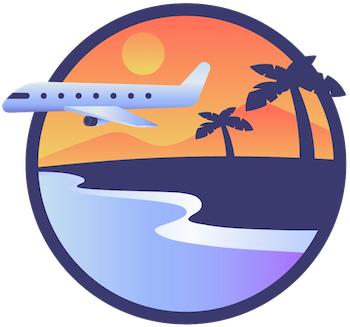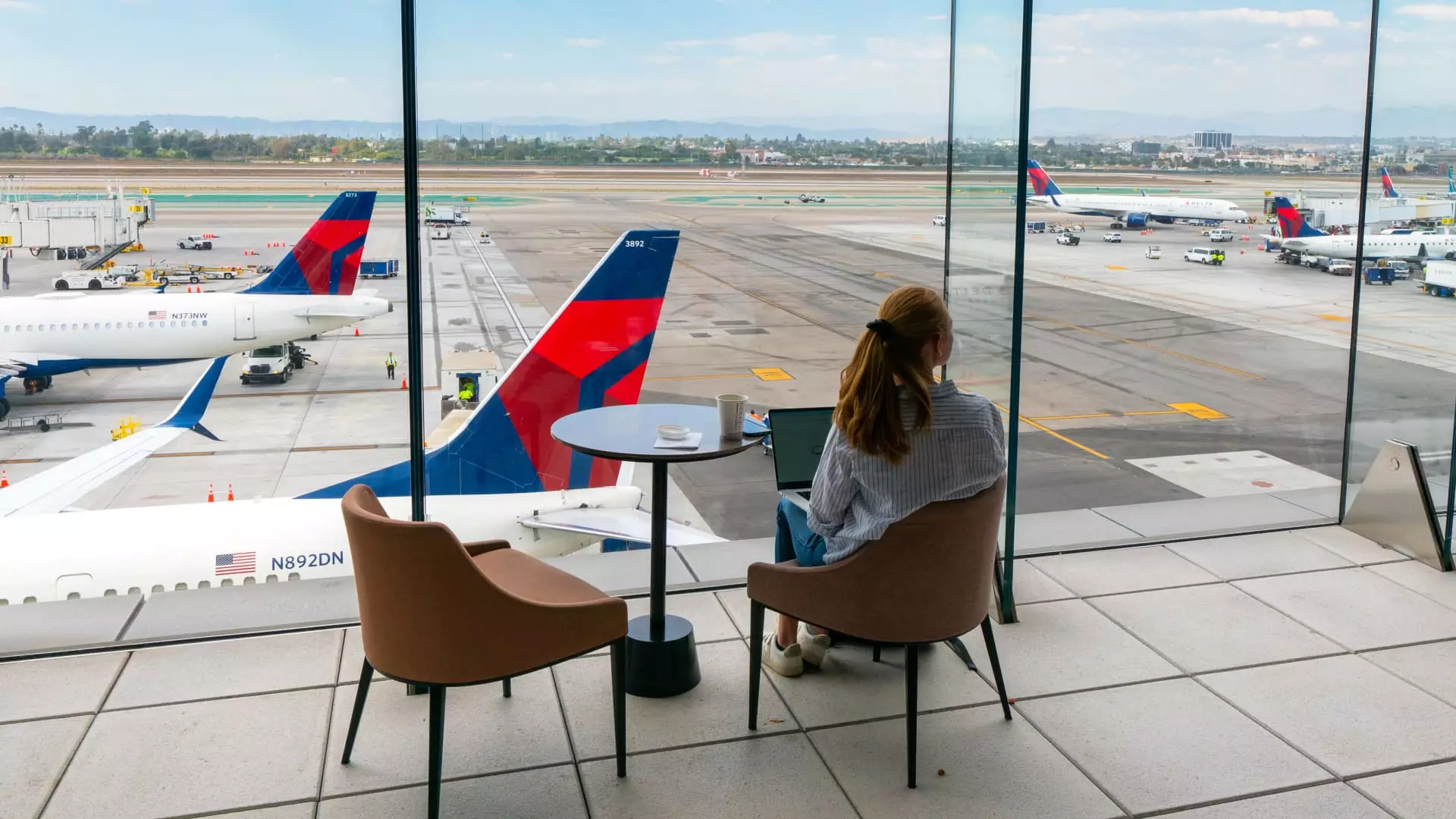The airline industry serves as a barometer for the broader economic climate, often reflecting societal sentiments and spending trends. Recent developments show that airline executives are expressing serious concerns about dipping consumer demand and a potentially unfriendly economic landscape. Notably, major players such as Delta Air Lines and Frontier Airlines have recalibrated their outlooks for 2025, signaling an unsettling shift from initial optimism. This article will explore these evolving dynamics, the implications for travelers, and the strategic pivots airlines are making in response to these market challenges.
Shifting Winds: The Economic Landscape
The ripple effect of economic uncertainties is now evident, as airline leaders articulate their low expectations regarding upcoming bookings. Delta CEO Ed Bastian’s candid remarks on “Squawk Box” captured the mood perfectly: “We’re acting as if we’re going to a recession.” This attitude marks a stark contrast from earlier in the year when airlines anticipated record profits. Various factors contribute to this diminished confidence, including external pressures such as a complicated geopolitical landscape, rising inflation, and wavering consumer confidence, as evidenced by a recent decline in consumer sentiment reported by the University of Michigan.
The shift has not only affected the airlines’ projections but also prompted them to pivot their strategies sharply. It’s remarkable how quickly confidence can dissipate in the face of changing consumer behaviors. Despite the pandemic-induced uptick in revenue following periods of strict lockdowns, it appears that the appetite for travel is softening, especially for budget-sensitive travelers. Consequently, major airlines are adjusting their growth plans and scaling back capacity on certain domestic routes.
Rising to the Occasion: Targeting Wealthier Travelers
In response to the changing economic forecast, airlines are increasingly banking on affluent leisure travelers as a stabilizing force in their revenue streams. Companies like Spirit Airlines have taken creative routes to market their premium offerings. Their recent advertising campaign quoting a character from “The White Lotus” to promote their plush seating underscores an aspirational strategy aimed at drawing in those willing to pay extra for comfort.
Airlines have been capitalizing on the trend of indulging in premium experiences, investing in luxurious features such as sumptuous lounges and spacious first-class cabins. Noteworthy airlines like Air France and Lufthansa are blazing trails with their newly designed luxurious seating arrangements in first-class, which cater to the desires of a wealthy clientele. It is intriguing to witness how the struggle for survival in a turbulent economic environment has sparked innovation and creative marketing within the industry.
The Premium Pricing Paradigm
Amidst tarnished expectations for standard air travel, airlines’ focus on premium products is becoming significantly more pronounced. Delta’s president, Glen Hauenstein, recently shared that premium-segment revenues are growing at a rate beyond the main cabin offerings. There is a palpable optimism as airlines anticipate that business and first-class segments will continue to provide greater financial resilience.
This prioritization of premium offerings not only emphasizes a shift in target demographics but also reflects broader economic divisions. As the gap in luxury travel and traditional economy travel widens, the airline industry is optimistically betting on those who can afford to spend more. While this may represent a lucrative space, it’s essential to consider how accessible travel will be for the average consumer in an economy fraught with financial unease.
Challenges Ahead: International Travel and Consumer Trends
Despite the optimistic shift towards premium offerings, challenges remain ardently poised on the global front. Airlines such as Delta and United are slashing routes connecting Canada and the U.S. in response to dwindling passenger numbers. Interestingly, although airlines invest heavily in enhancing experiences for affluent passengers, the numbers tell a cautionary tale about international travel demand. According to data from the U.S. Commerce Department, there has been a glaring drop in non-U.S. citizen arrivals—a trend that raises alarms about the industry’s recovery trajectory on international routes.
The concerning statistics regarding tourism highlight a potential double-edged sword: while airlines may find opportunities for increased domestic sales through deals and promotions, there’s a cascading risk of diminishing overall travel demand. On the consumer side, travelers may benefit from competitive pricing and promotional offers, particularly for international travel, which could embolden a resurgence in tourism once economic conditions stabilize.
The complexity of these developments paints a nuanced picture of the airline industry’s future. With strategic adaptations to target wealthier travelers while grappling with the specters of declining demand, airlines are navigating through stormy skies that require both audacity and prudence. As economic landscapes continue to shift, these companies must remain resilient, innovative, and responsive to changing consumer needs, illustrating the constant balancing act that defines the travel sector.


Leave a Reply